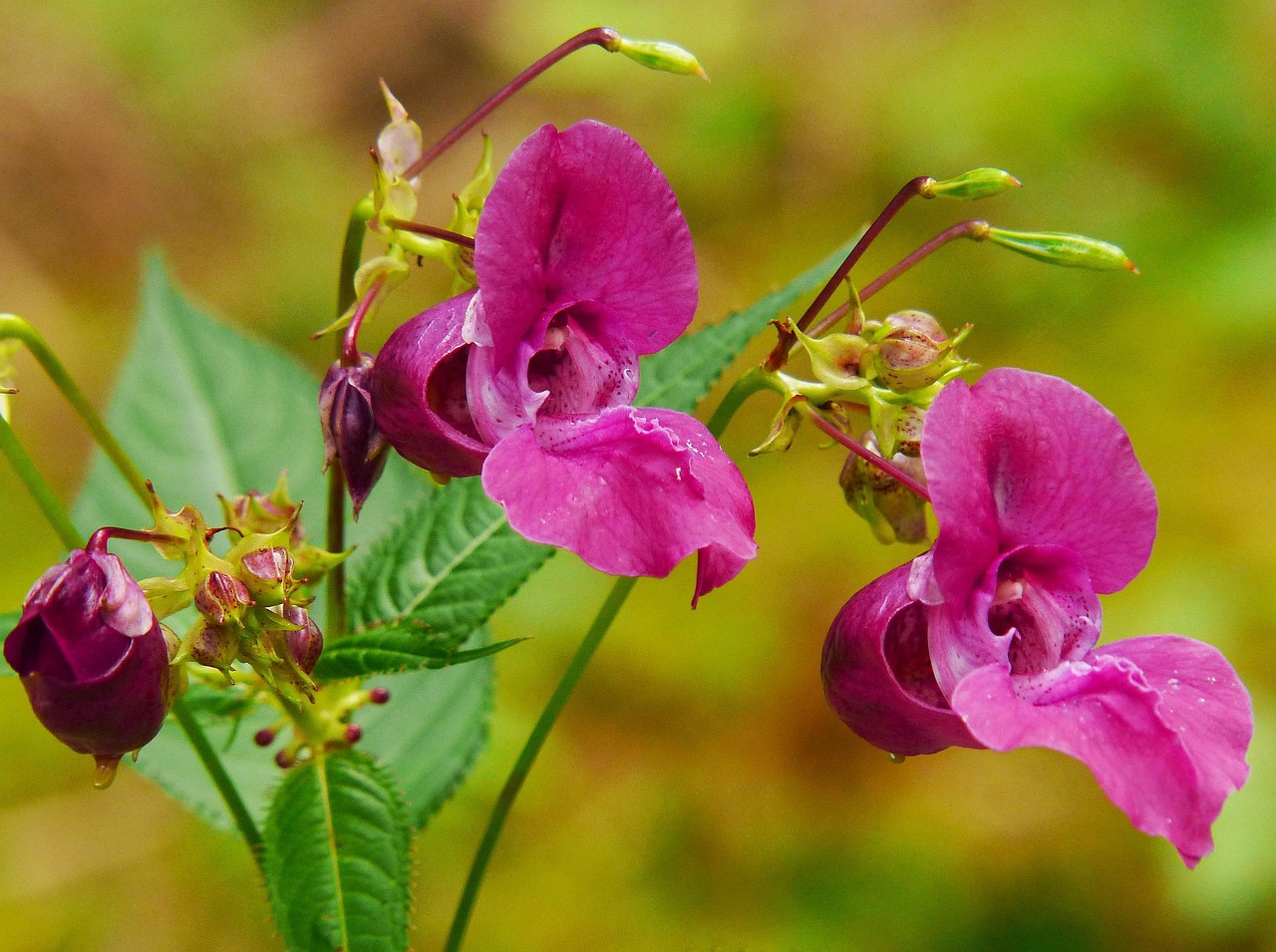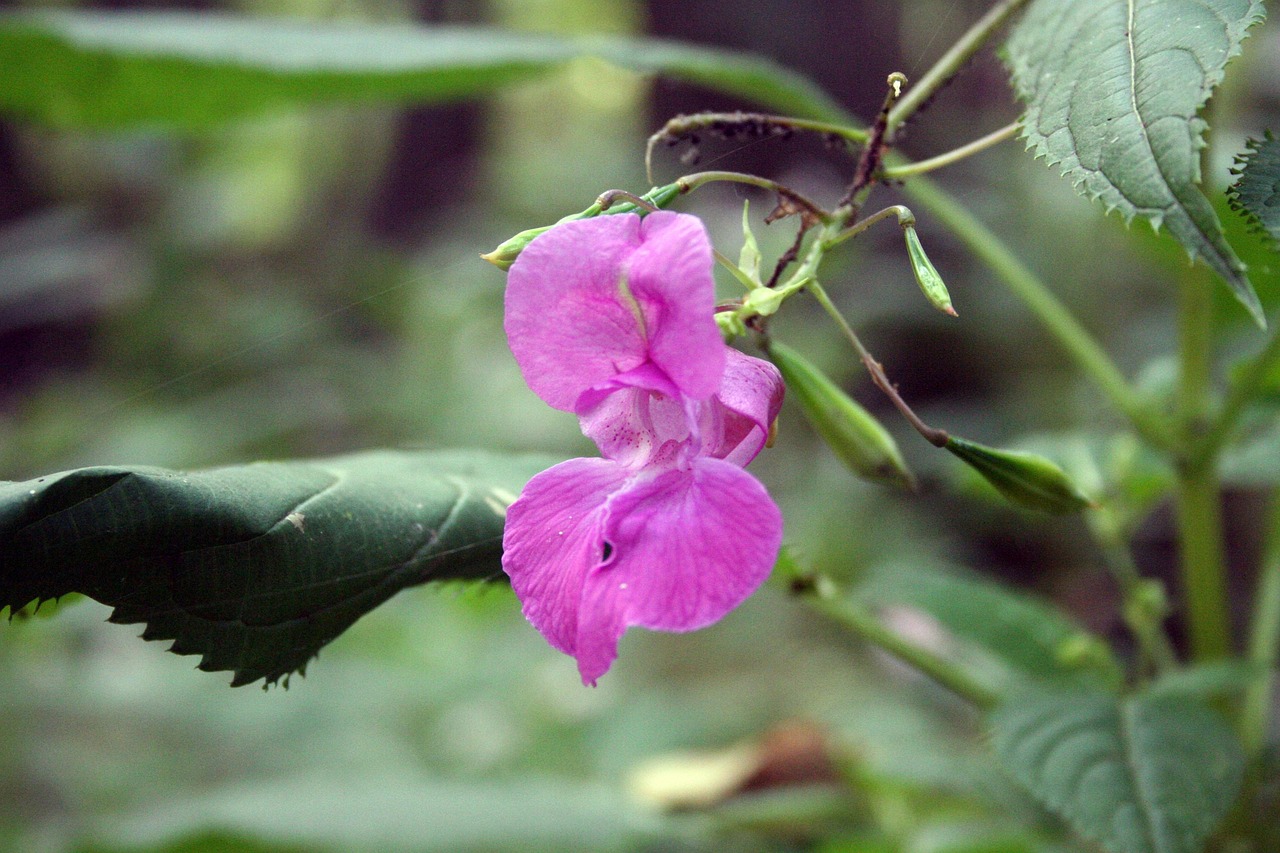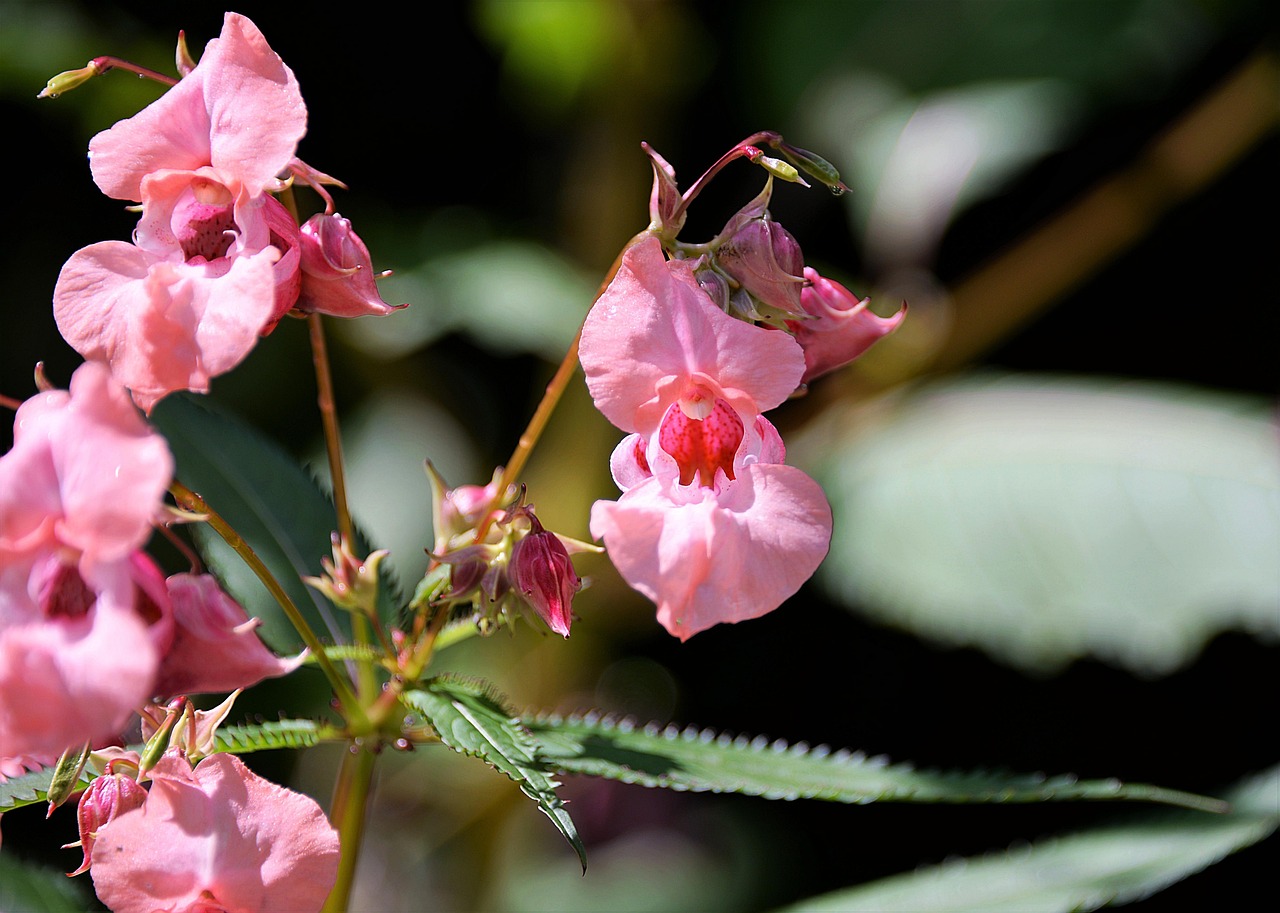Balsam firs are not considered toxic to pets. However, while the tree itself is safe, ingestion of needles or other parts can still lead to mild gastrointestinal upset in some animals. It is always best to monitor pets around any plant life.
Understanding Balsam Firs and Their Characteristics

Balsam firs (Abies balsamea) are coniferous trees native to North America, known for their aromatic needles and symmetrical shape. They are commonly used as Christmas trees due to their pleasant fragrance and attractive appearance. With their lush green foliage and soft needles, they create a festive atmosphere during the holiday season.
These trees are typically found in cooler regions, thriving in well-drained, moist soils. They can grow quite tall, reaching heights of up to 80 feet in the wild. The needles of balsam firs are flat, dark green on top, and have a silver underside. This unique color combination adds to their aesthetic appeal.
Pet Safety Around Balsam Firs
While balsam firs are not toxic to pets, it is essential to be aware of how your pets interact with these trees. Here are some considerations regarding pet safety:
- Needle Ingestion: Although the needles are not toxic, pets may chew on them. Ingesting large quantities can cause gastrointestinal issues such as vomiting or diarrhea.
- Tree Decorations: Many people decorate their balsam firs with ornaments and lights. Pets may be curious about these items, which could pose a choking hazard or lead to other injuries.
- Water Source: If you place your balsam fir in water to keep it fresh, ensure that your pet cannot access this water. It may contain preservatives that are harmful if ingested.
Common Symptoms of Plant Ingestion in Pets
If a pet ingests parts of a balsam fir or other plants, monitoring for symptoms is crucial. While reactions may vary by pet, common signs of mild gastrointestinal distress include:
- Vomiting
- Diarrhea
- Lethargy
- Loss of appetite
If you notice any of these symptoms after your pet has been around a balsam fir, it is advisable to consult your veterinarian for guidance.
Other Plants to Consider
When considering your pet’s safety during the holiday season or throughout the year, it’s helpful to know about other plants that may pose risks. Below is a table comparing various common holiday plants and their toxicity levels:
| Plant Name | Toxicity Level | Symptoms of Ingestion |
|---|---|---|
| Poinsettia | Low | Mild irritation, nausea |
| Mistletoe | Moderate | Nausea, vomiting, difficulty breathing |
| Holly | Low to Moderate | Nausea, vomiting, diarrhea |
| Christmas Cactus | Non-toxic | No adverse effects |
This table highlights the importance of being informed about various plants that may be present in your home. By knowing which plants are safe and which are not, you can create a safer environment for your pets.
While balsam firs are a beautiful addition to holiday celebrations, ensuring that your pets remain safe should always be a priority. By understanding the characteristics of these trees and monitoring your pets’ behavior around them, you can enjoy a festive atmosphere without worry.
Signs of Potential Toxicity in Pets
Even though balsam firs are not toxic to pets, it is important to recognize signs of potential toxicity from other sources. Understanding these symptoms can help you act quickly if your pet consumes something harmful. Here are some common signs to watch for:
- Vomiting: This can occur shortly after ingestion of a harmful substance. Monitor your pet’s behavior closely.
- Diarrhea: Loose stools can indicate gastrointestinal upset and may be accompanied by other symptoms.
- Excessive Drooling: This may signal nausea or discomfort in your pet.
- Changes in Behavior: Lethargy, confusion, or agitation can be signs of distress.
- Loss of Appetite: If your pet refuses food for more than a day, it may be worth consulting a vet.
If you notice any of these signs in your pet, it is essential to seek veterinary assistance as soon as possible. Early intervention can prevent more severe health issues.
Preventing Pet Interactions with Balsam Firs
To ensure the safety of your pets during the holiday season, taking preventive measures is crucial. Here are some effective strategies to minimize risks:
- Secure the Tree: If possible, anchor your balsam fir to prevent it from tipping over if your pet decides to climb or play around it.
- Limit Access: Create a barrier around the tree using gates or furniture to restrict your pet’s access.
- Decorate Wisely: Use pet-safe ornaments and avoid small items that could pose choking hazards.
- Avoid Tinsel and Ribbon: These can be attractive to pets but may cause serious digestive issues if ingested.
- Monitor Water Levels: If you use a stand with water for the tree, ensure it is covered to prevent your pet from drinking it.
By implementing these strategies, you can enjoy your balsam fir while keeping your furry friends safe and sound.
Pet-Friendly Alternatives to Balsam Firs
If you are concerned about the safety of balsam firs around your pets, consider exploring alternatives that are both beautiful and safe. Here are some pet-friendly options:
- Potted Christmas Trees: Miniature potted trees can be a delightful substitute. They take up less space and can be placed out of reach of pets.
- Artificial Trees: Consider using a high-quality artificial tree. These do not shed needles and are not edible, reducing the risk of ingestion.
- Holiday Decorations: Instead of a traditional tree, use decorations like garlands or wreaths made from safe materials to create a festive ambiance.
Choosing pet-friendly alternatives allows you to celebrate the season while prioritizing your pets’ health and safety.
Caring for Your Balsam Fir
If you decide to bring a balsam fir into your home, proper care is essential for maintaining its health and beauty. Here are some tips for caring for your tree:
- Watering: Keep the tree adequately hydrated by ensuring the water reservoir is full. A fresh cut on the trunk helps the tree absorb water more effectively.
- Temperature: Place the tree away from heat sources, such as radiators or fireplaces, to prevent it from drying out prematurely.
- Pest Control: Check the tree for pests before bringing it indoors. Use safe insecticides or natural remedies if needed.
By following these care tips, you can prolong the life of your balsam fir and enjoy its beauty throughout the holiday season.
The Importance of Awareness
Being aware of both the potential risks and safe practices surrounding balsam firs is crucial for any pet owner. Knowledge empowers you to make informed decisions that benefit both your home environment and your pets. Always keep an eye on your pets’ interactions with plants and trees, including balsam firs, to ensure their safety.
This awareness extends beyond just balsam firs. It is vital for pet owners to educate themselves about various plants and trees that may be present in their homes or surroundings. By doing so, you can provide a safe and enjoyable environment for your beloved pets during the holiday season and beyond.
What to Do If Your Pet Ingests Balsam Fir
If you suspect that your pet has ingested any part of a balsam fir, it is crucial to act promptly. Here are the steps you should take:
- Observe Your Pet: Monitor your pet for any symptoms of distress or discomfort. Look for signs such as vomiting, diarrhea, or lethargy.
- Check the Amount Ingested: If you know how much your pet has consumed, this information can be helpful for your veterinarian.
- Contact Your Veterinarian: If you notice any concerning symptoms or if you are unsure about the situation, reach out to your veterinarian for advice. They can provide guidance on whether an office visit is necessary.
- Do Not Induce Vomiting Without Guidance: Inducing vomiting can sometimes do more harm than good. Always consult a veterinarian before attempting this.
Taking these steps can help ensure that your pet receives the care they need to recover quickly.
2>Understanding Other Holiday Hazards During the holiday season, various hazards can affect pets beyond balsam firs. Awareness of these potential dangers can help keep your pets safe. Here are some common holiday hazards to consider: By being mindful of these hazards, you can create a safer environment for your pets during the holiday festivities. Training your pets to understand boundaries can significantly enhance their safety around holiday decorations and plants. Here are some training tips to help your pets navigate the festive season safely: Training can help create a more peaceful holiday environment where both pets and decorations coexist safely. Considering pet insurance can provide peace of mind during the holiday season. Here are some benefits of having coverage: Before purchasing a policy, research different plans and choose one that best fits your needs and those of your pet. >Regular veterinary check-ups play a vital role in maintaining your pet’s overall health. During these visits, you can discuss any concerns related to holiday hazards and receive professional advice on keeping your pet safe during festive times. Here are some key points regarding veterinary visits: A proactive approach with regular veterinary care will support your pet’s health and safety throughout the year, including during the busy holiday season. As a pet owner, understanding the environment in which your pets live is essential. This includes not only the plants and decorations you choose but also the general safety of your home. Here are some additional considerations to keep in mind: By taking these precautions, you can create a safer and more enjoyable environment for both your pets and your family during the holiday season. The holiday season can bring about changes in routine that may affect your pet’s behavior. Pets are sensitive to their environments, and they may react differently to the added excitement or stress. Here are some behaviors to watch for: Being aware of these behaviors allows you to take proactive steps to support your pet’s well-being during the holidays. The holiday season can also be a wonderful opportunity to engage with your pets in fun and meaningful ways. Here are some ideas to enrich your pet’s experience during this festive time: Engaging with your pets in these ways not only enhances their happiness but also strengthens the bond between you and your furry companions. In summary, balsam firs are not toxic to pets, but it is crucial for pet owners to remain vigilant about their pets’ interactions with any plants or decorations in the home. Understanding potential hazards, recognizing signs of distress, and implementing preventive measures will help create a safe environment for your pets during the festive season. Regular veterinary check-ups and training can further ensure that your pets remain healthy and well-behaved amidst the holiday excitement. The holiday season should be a time of joy and celebration for both you and your pets. By taking proactive steps to safeguard their well-being, you can enjoy a festive atmosphere without worry. Keep your pets’ needs at the forefront of your celebrations, ensuring that they feel loved and secure while you create cherished memories together.
Training Your Pets for Holiday Safety
The Role of Pet Insurance During the Holidays
The Importance of Regular Vet Check-Ups

Additional Considerations for Pet Owners
Understanding Pet Behavior During the Holidays
Engaging Your Pets During the Holidays

Conclusion
